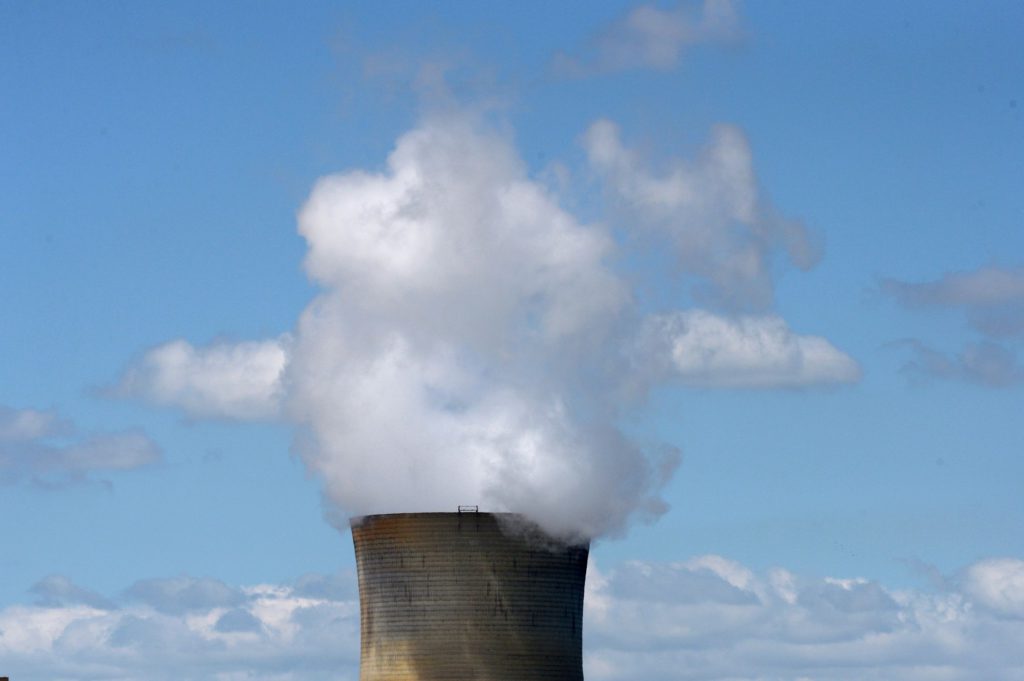Australia’s largest polluters would need to cut emissions by at least 4.9% a year by 2030 as the nation starts cranking down allowances under efforts to hit net zero by mid-century.
(Bloomberg) — Australia’s largest polluters would need to cut emissions by at least 4.9% a year by 2030 as the nation starts cranking down allowances under efforts to hit net zero by mid-century.
The overhaul of the safeguard mechanism — a carbon pricing policy — would deliver 205 million tons of abatement by the end of this decade, Energy Minister Chris Bowen said Tuesday. That’s about 40% of total annual emissions in the nation, one of the world’s biggest per-capita polluters.
About 215 entities that account for around a quarter of Australia’s total emissions, from liquefied natural gas exporters to steelworks, are covered by the mechanism, under which high-polluting facilities are forced to reduce pollution or pay costs.
The Labor government that came to power in May last year has sought to reverse Australia’s reputation as a climate laggard and tightened emissions targets. Chevron Corp. and Woodside Energy Ltd. operate some of the LNG plants that are among the biggest emitters but because baselines were often far above actual emissions companies had little incentive to reduce them.
“A fit for purpose safeguard mechanism is critical to competitiveness in a decarbonizing global economy where consumers and investors are demanding lower emissions, and many of our trading partners are developing carbon tariff policies,” Bowen said.
Under the reforms by Australia’s Labor government, elected last year with a pledge to improve the nation’s laggard climate action, the system would gradually move from applying specific targets for individual facilities, to adopting industry average benchmarks — which Bowen said would encourage companies to curb emissions faster to achieve an edge over competitors. Some facilities will be able to access government funding to meet the proposed changes.
“The draft rules are rightly focused on sending clear decarbonization investment signals to boardrooms,” said John Connor, chief executive officer of the Carbon Market Institute, a group representing businesses involved in the Australian carbon credit market. However, further details are needed to know how effective the reforms can be, he said. Feedback on the draft changes is open until Feb. 24, the government said.
Companies covered by the mechanism will be able to offset emissions using Australian carbon credits, which have faced criticism for overstated abatement claims. Those concerns were rejected by the government on Monday after the results of a six-month review of the market concluded that the system was “essentially sound.”
More stories like this are available on bloomberg.com
©2023 Bloomberg L.P.










